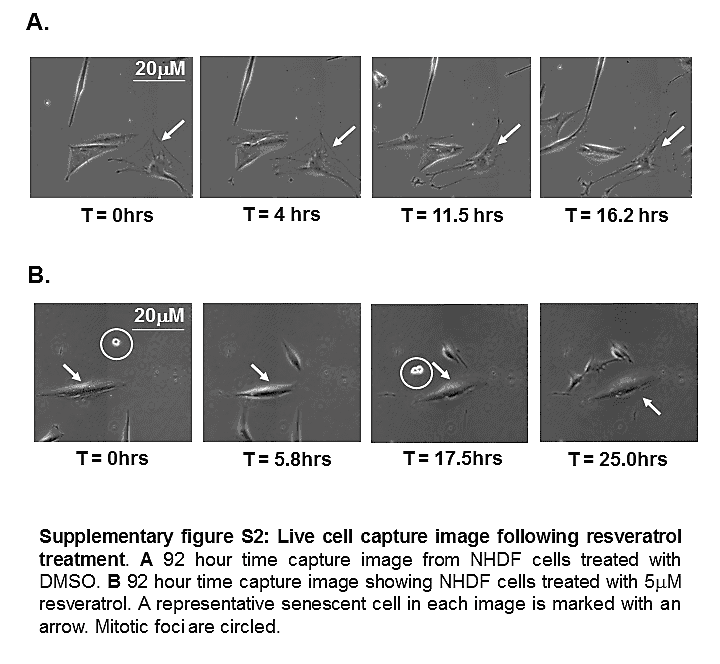A novel method developed at the University of Exeter rejuvenates old cells cultured in the lab, causing them to behave more like young cells. It took only a couple of hours after the treatment was applied to the old cells for these to start dividing and growing larger telomers. The technique could lead to a new class of therapies meant to help people age not only longer but healthier, too.

As we age, the cells in the body quietly but surely enter senescence, meaning they cease to divide. These cells are still alive, it’s just that they stop functioning properly. For instance, a class of genes called splicing factors are progressively switched off as humans age.
Splicing factors are crucial proteins that help gene perform their full range of functions. A single gene can code multiple instructions for the body, such as whether or not to grow new blood vessels, and the splicing factors are the decision makers that choose which message takes priority. Because splicing factors become increasingly inefficient with age, the body ends up losing its ability to respond properly to the many challenges in the environment.
Senescent cells can be found in copious amounts in the organs of the elderly. They’re one of the main reasons why most people over age 85 have experienced some sort of chronic illness. Switched off splicing factors make people more vulnerable to cancer stroke, and heart disease as they age.
Led by Professor Lorna Harries, researchers at the University of Exeter experimented with resveratrol analogs on old cells in the lab. These chemicals are based on a substance naturally found in red wine, dark chocolate, red grapes, and blueberries.

Strikingly, within hours of coming into contact with the compounds, the splicing factors in the cells switched back on. The cells showed signs of rejuvenation as they started dividing, essentially behaving like young cells. What’s more, the cells’ telomeres — the caps on the ends of the chromosomes that shorten as we age — are now longer, as they are in young cells
“At present, the precise mechanisms behind these observations are unclear, but may involve both the restoration of a more ‘youthful’ pattern of alternative splicing, and also effects of specific splicing factors on telomere maintenance,” the authors conclud in their paper.
“This demonstrates that when you treat old cells with molecules that restore the levels of the splicing factors, the cells regain some features of youth,” Harries said.
The findings published in the journal BMC Cell Biology could potentially lead to therapies that help people age healthier, with less risk of developing chronic disease and by delaying the usual degenerating effects of old age.
“When I saw some of the cells in the culture dish rejuvenating I couldn’t believe it. These old cells were looking like young cells. It was like magic,” said co-author Eva Latorre, Research Associate at the University of Exeter. “I repeated the experiments several times and in each case the cells rejuvenated. I am very excited by the implications and potential for this research.”


